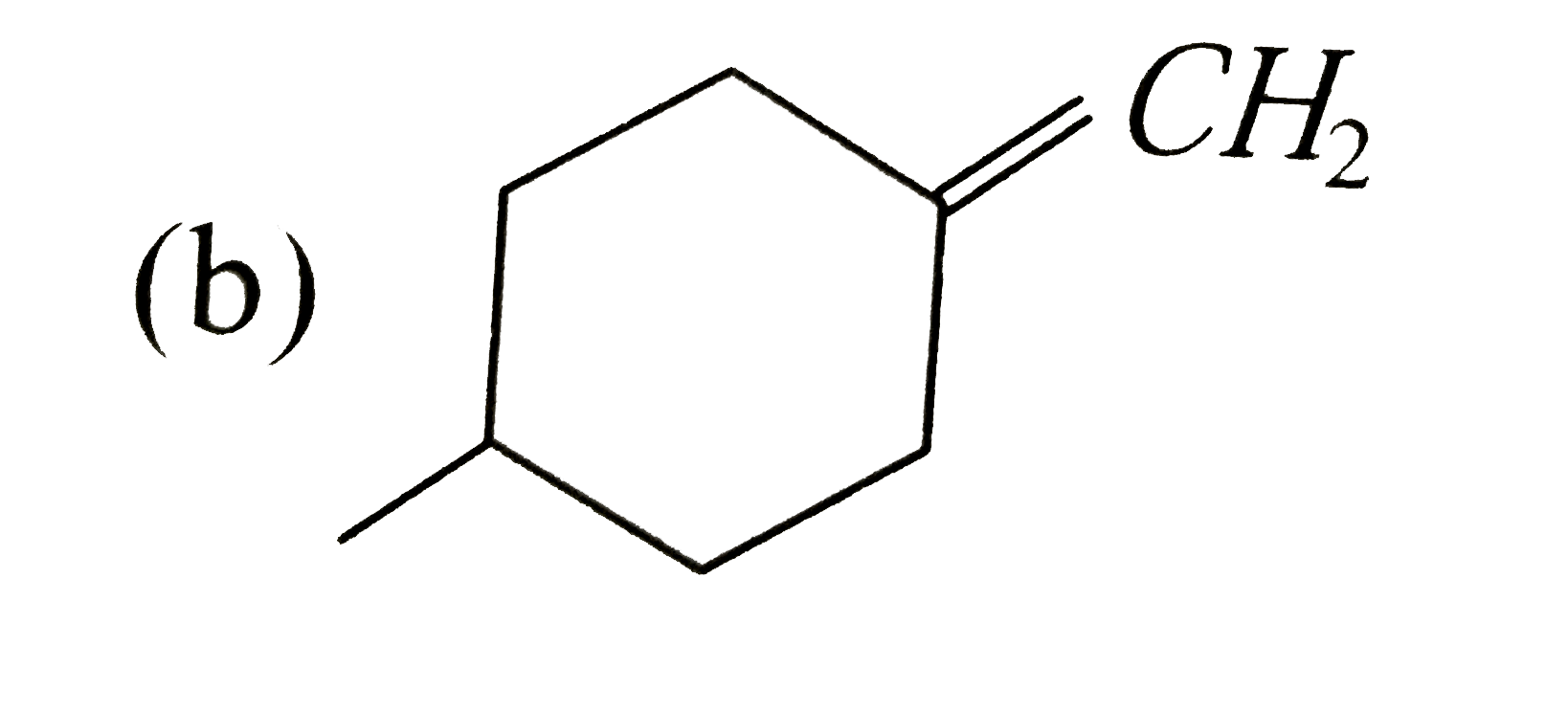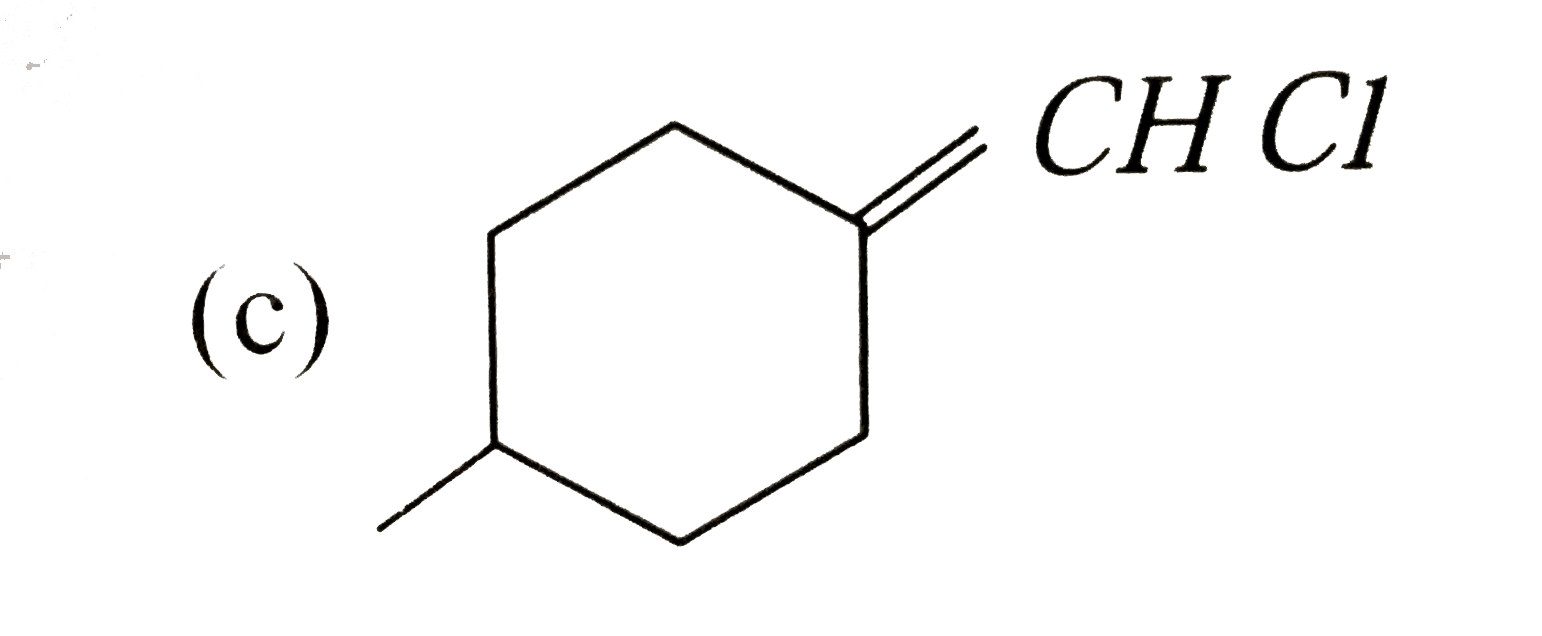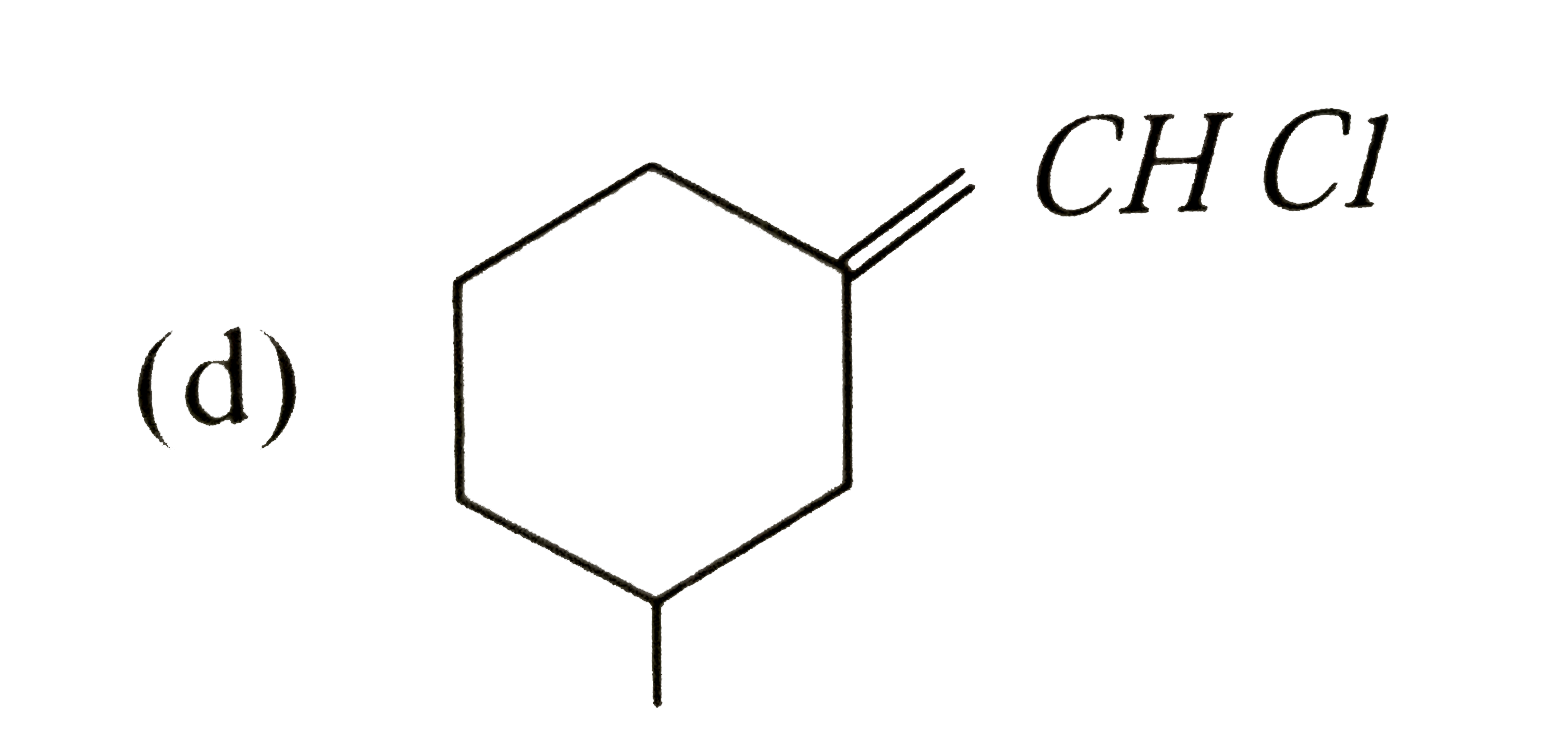Explore topic-wise InterviewSolutions in .
This section includes InterviewSolutions, each offering curated multiple-choice questions to sharpen your knowledge and support exam preparation. Choose a topic below to get started.
| 30551. |
The geometry possible in [FeF_(6)]^(4-) and [CoF_(6)]^(4-) is ………………………… |
|
Answer» Trigonal bipyramidal |
|
| 30552. |
The shape of XeOF_(2) is : |
|
Answer» Pyramidal |
|
| 30553. |
The geometry of XeF_6 molecule and the hybridization of Xe atom in the molecule is : |
|
Answer» Distorted OCTAHEDRAL and `sp^3 d^3` |
|
| 30554. |
The geometry of [Ni(CO)_(4)] and [Ni("PP"h_(3))_(2)Cl_(2)] are |
|
Answer» both square planar `Ni^(0)(Z=28):3d^(8)4s^(2)` Since CO is striong field ligand , it forces electrons to pair up and thus `sp^(3)`hybridisation takes place which results in tetrahedral geometry.  In `[Ni("PP"h_(3))_(2)Cl_(2)]` oxidation station fio `Ni=+2`. This COMPLEX contsins weak field lignad `(Cl^(-))` as well as strong field `("PP"h_(3))` . Weak field ligand favours tetrahderal geometry and strong field ligand favours square planar geometry. Hence this compound is borderline between these two geometries. But due to steric effect of two larger `"PP"h_(3)` ligands LESS crowded tetradehral geometry is favoured 
|
|
| 30555. |
The geometry of water molecules is sameas that of |
|
Answer» `C_2H_4` |
|
| 30556. |
The geometry of water molecule is same as that of : |
|
Answer» `CO_2` |
|
| 30557. |
The geometry of ethyl amine is : |
|
Answer» PYRAMIDAL |
|
| 30558. |
The geometry of Ni(CO)_4 and Ni(PPh_3)_2CI_2 are : |
|
Answer» Both SQUARE PLANAR |
|
| 30559. |
The geometry of. Ni(CO)_4 and Ni(PPH_3)_2CI_2 are : |
|
Answer» Both SQUARE PLANAR |
|
| 30560. |
The geometry of [NiCl_(4)]^(2-) and [NiCl_(2)(Pme_(3))_(2)] are : |
|
Answer» both square PLANAR |
|
| 30561. |
The geometry of [Ni(CO)_(4)] and [NiCl_(2) (P Ph_(3))_(2)] are: |
|
Answer» both SQUARE PLANAR |
|
| 30562. |
The geometry of Ni(CO)_(4) and Ni(P Ph_(3))_(2)Cl_(2) are |
|
Answer» both SQUAR eplanar 
|
|
| 30563. |
Thegeometryof methanemoleculeis : |
|
Answer» TETRAHEDRAL |
|
| 30564. |
The geometry of IF_(7) molecule is : |
|
Answer» 1. Trigonal bipyramidal |
|
| 30565. |
The geometry of H_2S and its dipole moment are : |
|
Answer» ANGULAR and NON zero |
|
| 30566. |
The geometry of FeCl_(4)^(2-), FeCl_(2)(PPh_(3))_(2) and AuCl_(4)^(-) would be respectively. |
|
Answer» All SQUARE PLANAR |
|
| 30567. |
The geometry of ]Fe(CN)_(5))^(-) is ……………… |
|
Answer» Tetrahedral |
|
| 30568. |
The geometry of compounds formed by sp^3d^2 - hybridisation is : |
|
Answer» SQUARE PLANAR |
|
| 30569. |
The structure of [Cu(H_2O)_4]^(2+) ions is: |
|
Answer» SQUARE planar |
|
| 30570. |
The geometry of [Co(CO)_(4)]^(-)" and "[Cd(CN)_(4)]^(2-) are : |
|
Answer» both square PLANAR |
|
| 30571. |
The geometry of ClO_(3)^(-) according to valence shell electron pair repulsion (VSEPR) theory will be |
|
Answer» PLANAR triangle 
|
|
| 30572. |
The geometry of ClO_(4)^(-) ion is : |
|
Answer» TETRAHEDRAL |
|
| 30573. |
The geometry of ClO_(3)^(-) according to valence shell electron pair repulsion theory will be |
|
Answer» PLANAR triangle |
|
| 30574. |
The geometry of ammonia molecule can be best described as |
|
Answer» NITROGEN at one vertex of a regular tetrahedron, the other three VERTICES being occupied by the three hydrogens |
|
| 30575. |
The geometry of a complex due to dsp^(2) hybridisation in the central metal ion is |
|
Answer» TRIANGULAR planar |
|
| 30576. |
The geometry ion which hs no d electrons in the central metal atom is : [Atomic number Cr=24, Mn=25, Fe=26, Co=27] |
|
Answer» `[MnO_(4)]^(-)` `d^(@)` CONFIGURATION |
|
| 30577. |
The geometry at which carbon atom in diamond are bonded to each other is |
|
Answer» Tetrhedral |
|
| 30578. |
The geometry and hybridisation involved in [CuCl_(2)]^(-) are…………….respectively. |
|
Answer» |
|
| 30579. |
The geometry and magnetic behavior of the complex [Ni(CO)_4] are |
|
Answer» SQUARE planar geometry and PARAMAGNETIC |
|
| 30580. |
The geometries of the ammonia complexes of Ni^(2+),Pt^(2+) and Zn^(2+), respectively, are |
|
Answer» OCTAHEDRAL,SQUARE PLANAR andtetrahedral |
|
| 30581. |
The geometrical arrangement and shape of I_3^-are respectively |
|
Answer» TRIGONAL bipyramidal geometry, LINEAR shape |
|
| 30582. |
The geometrical isomerism is shown by |
|
Answer»
|
|
| 30583. |
The geometry of NF_(5) molecule is : |
|
Answer» TRIGONAL bipyramidal |
|
| 30584. |
The general valence shell electronic configuration of actinoids is |
|
Answer» `[XE] 4F^(2-14)5D^(0-2) 6S^(2)` |
|
| 30585. |
The general trend in the properties of elements of carbon family shows that with increase in atomic number |
|
Answer» the tendency towards CATENATION increases |
|
| 30586. |
The general outer shell electronic configuration fo transition elements is "….................". |
| Answer» SOLUTION :`(n-1)d^(1-10)NS^(0-2)` | |
| 30587. |
The general order of reactivity of carbonyl compounds towards nucleophilic addition reaction is |
|
Answer» `H_(2)C = O GT RCHO gt ArCHO gt R_(2)C = O gt Ar_(2)C = O` `H_(2)C=O gt RCHO gt ArCHO gt R_(2)C=O gt Ar_(2)C=O` |
|
| 30588. |
The general outer electronic configuration of transition elements is |
|
Answer» `ND^(1-10)` |
|
| 30589. |
The general order of reactivity of carbonyl compounds for nucleophilic addition reaction is |
|
Answer» `H_(2)C = O gt RCHO gt ArCHO gt R_(2)C =O gt Ar_(2)C =O` `H_(2)C = O gt RCHO gt ArCHO gt R_(2)C = O gt Ar_(2)C = O` |
|
| 30590. |
The general molecular formula which represents the homologous series of alkanols is |
|
Answer» `C_(n)H_(2n+2)O` |
|
| 30591. |
The general molecular formula of monohydric alcohols and . . is same. |
| Answer» Solution :Both ethers and mono-hydric alcohols have formula `C_(n)H_(2n+2)O` | |
| 30592. |
The general molecular formula which represents the homologous series of alkanol is |
|
Answer» `C_n H_(2N) O` |
|
| 30593. |
The general formula, which represent the homologous series of alcohol is |
|
Answer» `C_nH_(2N)O` |
|
| 30594. |
The general formula which represents the homologous series of alkanols is : |
|
Answer» `C_(N)H_(2N)O` |
|
| 30595. |
The general formula (RCO)_2O represents : |
|
Answer» A ketone |
|
| 30596. |
The general formula of quaternary ammoniam salt is |
| Answer» Answer :D | |
| 30597. |
The general formula of quarternary ammonium compound is : |
|
Answer» `R-NH_2` |
|
| 30598. |
The general formula of hypophosphorus acid is: |
|
Answer»
|
|
| 30599. |
The general formula of ferrites is Mfe_(2)O_(4). Where 'M' would not be |
|
Answer» Mg |
|
| 30600. |
The general formula of ethers is |
|
Answer» `C_nH_(2N)O` |
|







